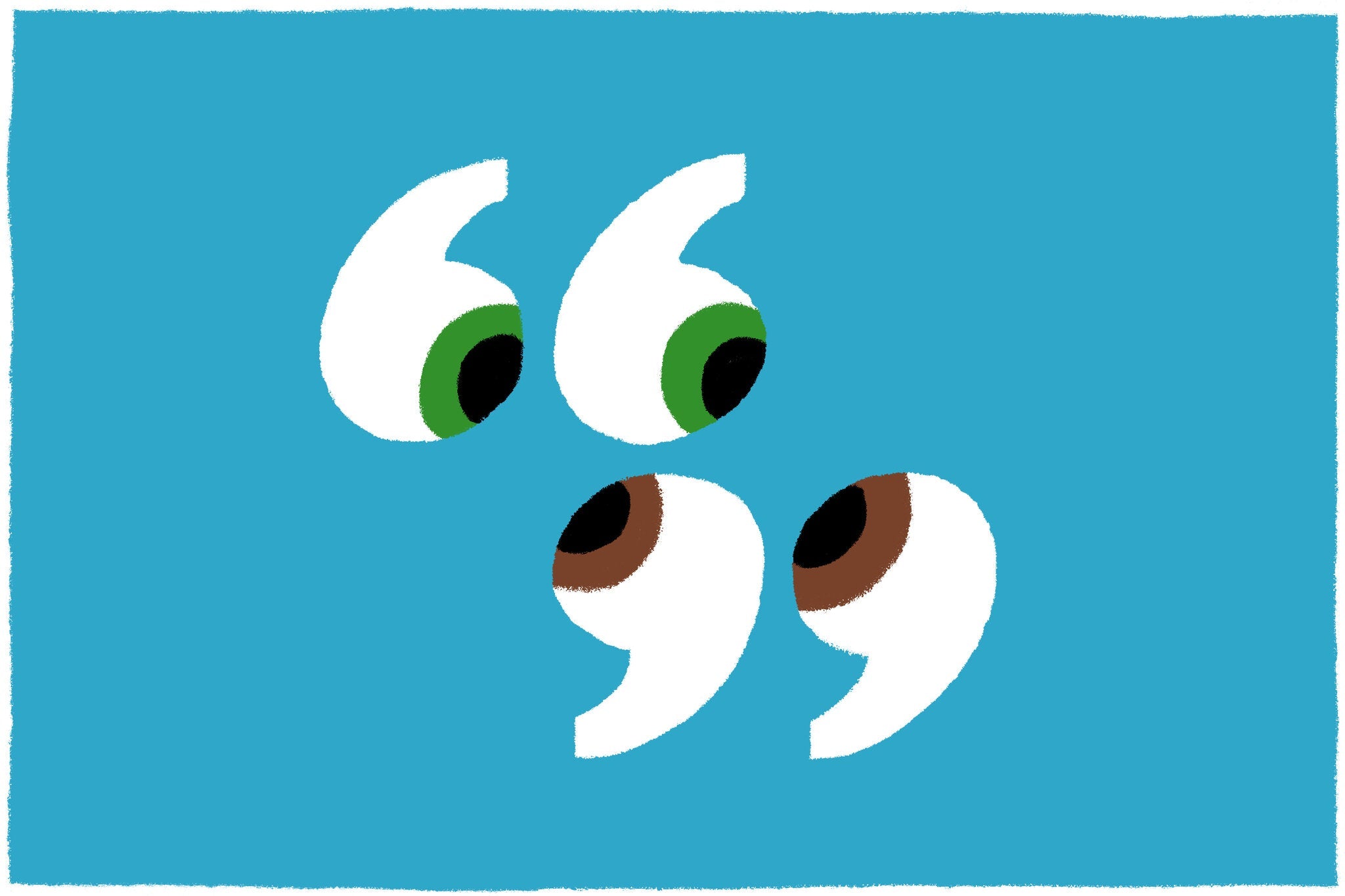Your cart is currently empty.

Rediscovering Timeless Tales and Starting New Traditions
The Magic of Classic Picture Books
Some phrases are so deeply woven into the fabric of our childhoods that they feel like old friends. "In the great green room..." or "let the wild rumpus start!" These words have the power to transport us back in time, to moments spent curled up with a book, completely lost in a world of imagination. They are more than just lines in a story; they are keys to cherished memories.
Can You Match These Quotes to Their Classic Picture Books?
The recent New York Times Book Quiz beautifully captures this sense of nostalgia. It serves as a delightful reminder of the stories that shaped us, the characters we loved, and the timeless lessons we learned from their adventures. These classic tales are cultural treasures, passed down through generations, and their magic is just as potent today.
This post celebrates the enduring power of classic picture books. We'll explore why these stories remain so important for early development and how sharing them with a new generation can create powerful family bonds, perfectly aligning with the MamaBear Books philosophy of nurturing young minds through creativity and connection.
The Enduring Appeal of a Classic Story
What gives a picture book its lasting power? It’s a unique blend of enchanting illustrations, memorable characters, and simple yet profound messages. Books like "Where the Wild Things Are" by Maurice Sendak or "Goodnight Moon" by Margaret Wise Brown have captivated families for decades because they tap into universal childhood experiences—from navigating big emotions to finding comfort in familiar routines.
These stories do more than just entertain. They are foundational texts that provide children with their first glimpse into the art of storytelling. They learn about plot, character, and setting in a way that is both accessible and engaging. The rhythm of Dr. Seuss's rhymes or the gentle repetition in "Goodnight Moon" helps build crucial pre-reading skills, making the journey to literacy a natural and joyful one.
More Than Just Words: The Developmental Benefits
Sharing classic picture books with early learners is a powerful tool for their cognitive and emotional growth. The benefits are wide-ranging, touching on everything from language acquisition to social-emotional intelligence.
Building a Rich Vocabulary
Classic stories often use a rich and varied vocabulary that might not appear in everyday conversation. When you read a line like, "You can steer yourself any direction you choose" from Dr. Seuss's "Oh, the Places You’ll Go!", you are introducing concepts of autonomy and choice in a whimsical, memorable way. This exposure to diverse language helps expand a child’s vocabulary and improves their comprehension skills.
Fostering Empathy and Emotional Intelligence
Picture books are safe spaces for children to explore complex emotions. When they read about Alexander’s "Terrible, Horrible, No Good, Very Bad Day," they learn that it's okay to have bad days and that those feelings are universal. Seeing characters navigate frustration, joy, fear, and friendship helps children identify and manage their own emotions. This builds empathy and gives them the language to express how they feel.
Strengthening Bonds Through Shared Experience
At its heart, story time is about connection. The act of sitting together, sharing a story, and talking about the pictures and plot creates a powerful bond between parent and child. It’s a dedicated, screen-free time for closeness and conversation. These shared moments become cherished memories and build a positive association with reading that can last a lifetime. This belief in the power of shared stories is the very essence of what we do at MamaBear Books.
A Bridge Between Generations
One of the most beautiful aspects of classic literature is its ability to connect generations. When you share a book that you loved as a child with your own little one, you are doing more than just reading a story. You are sharing a piece of yourself, your history, and your own childhood wonder.
You can talk about what you loved most about the book, which character was your favorite, or how the illustrations made you feel. This creates a unique dialogue, weaving a thread of shared experience that strengthens your family’s story. It shows your child that reading is a valued and enjoyable activity, a tradition worth continuing.
Test Your Knowledge and Start a New Tradition
Feeling nostalgic? The New York Times quiz is a wonderful way to reconnect with the stories that may be gathering dust on your mental bookshelf. It's a fun challenge for parents and a great conversation starter with older children. See how many of these iconic lines you can place:
- "One winter morning Peter woke up and looked out the window."
- "In the great green room, There was a telephone..."
- "And now,” cried Max, “let the wild rumpus start!”
Taking the quiz can be the first step toward a new family tradition. After you've tested your memory, why not seek out these books at your local library or bookstore? Reading them aloud with your child allows them to experience the magic firsthand. You can explore the snowy world of Ezra Jack Keats or sail off with Max to where the wild things are.
Let the Storytelling Continue
Classic picture books are a gift. They are gateways to imagination, tools for learning, and catalysts for connection. They remind us that the simplest stories often hold the most profound truths. By revisiting these timeless tales, we honor the past and invest in the future, raising a new generation of thoughtful, curious, and empathetic readers.
We encourage you to embrace the magic of these classics. Take the quiz, share the stories, and make reading together a cherished part of your family’s routine. And when you’re ready for a new adventure, explore the MamaBear Books collection to discover modern stories designed to spark imagination and bring your family closer.

Leave a Reply